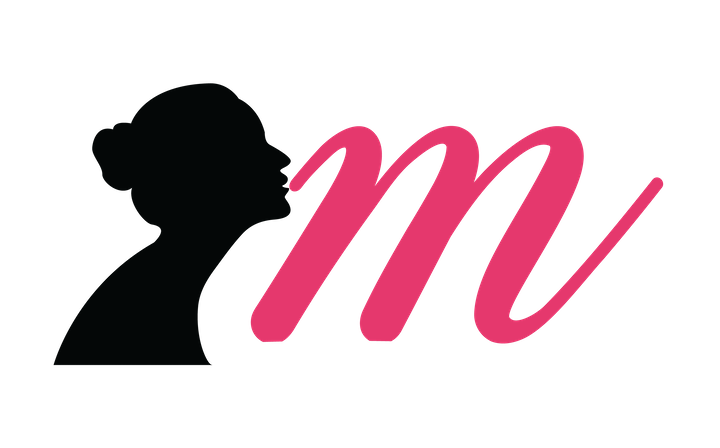As many people age, bone health deteriorates as bone mineral density usually declines, making the bone more prone to fracture and harder to heal and repair itself from injury. Some reasons this happens as women age include decreased calcium, improper nutrient intake, and decreased estrogen levels. Other conditions that can contribute to weakened bone structure in older adults include liver disease, kidney disease, disorders of the small intestines, digestive disorders, and organ transplants (due to the immunosuppressive therapy received). It is estimated that 2/3’s of osteoporotic fractures in the elderly in Europe and North America are due to inadequate calcium and vitamin D.
Bone is a tissue comprised of 2-5% cells and 95-98% nonliving mineral protein, osteoid. Bone is a composite of protein matrix and minerals. The mineral of bone is comprised of 37-40% calcium, 50-58% phosphate, and 2-8% carbonate. The protein matrix of bone is primarily collagen (apx 90%). Bone mineral also contains small amounts of sodium, potassium, magnesium, and citrate. (Ross)
Low levels of calcium, phosphorus, and magnesium can limit bone growth and can cause bone loss and deterioration, and lead to fractures.
Vitamin D is important in bone formation and the nutritional absorption of calcium from one’s diet. Mild vitamin D deficiencies can cause osteoporosis and more severe deficiencies can cause softening of the bones.
Vitamin K is important in creating proteins that form the bone. Deficiencies are associated with lower bone mass, increased incidence of hip fracture, and increased cardiovascular complications.
Micronutrients that play important roles in bone health, growth, and repair include vitamin C, copper, zinc, and manganese.
A balanced diet, exercise, and a healthy lifestyle are also encouraged and recommended.
Some Sources and Daily Recommended Intakes of mentioned Nutrients:
Note: the RDA is the recommended amount for healthy individuals; Individuals recovering from an injury may require personalized modifications.
Calcium:
Food sources: Canned sardines, cheese, milk, yogurt
Supplements:
Calcium carbonate – take with food, is absorbed better in an acidic environment
Calcium citrate – does not need an acidic environment for absorption
Women 50+ years old (RDA): 1200mg/day Calcium
Phosphorus:
Food sources: Dairy products, cereals, meat, fish
Supplements:
Women 50+ years old (RDA): 700 mg/day Phosphorus
Magnesium:
Food sources: Bran cereal, brown rice, almonds, spinach
Supplements:
Women 50+ years old (RDA): 320mg/day Magnesium
Vitamin D:
Sunlight exposure on the skin (without sunscreen) 15-30 minutes, 2x a week.
Older individuals and those with darker skin may need daily exposure.
Food sources: Milk, cod liver oil
Supplements:
Women 50+ years old (RDA): 15 ug/day (600 IU/day) vitamin D3
Women > 70 years: 20 ug/day (800 IU/day) vitamin D3
Vitamin K:
Food sources: Turnip greens, green tea, spinach, broccoli
Supplements:
Women 50+ years old (RDA): 90 mcg/day vitamin K
Vitamin C:
Food sources: Papaya, orange juice, brussel sprouts, strawberries
Supplements:
Women 50+ years old (RDA): 600 mg/day Vitamin C
Copper:
Food sources: Liver, clams, oysters, crab, cashews
Supplements:
Women 50-70 years old (RDA): 0.9 mg/day copper
Zinc:
Food sources: Oysters, crab, beef, yogurt, cashews
Supplements:
Women 50+ years old (RDA):): 8mg/day zinc
Manganese:
Food sources: Pecans, pineapple, almonds, peanuts
Supplements:
Women 50+ years old (AI): 1.8mg/day manganese
Recommended amounts for a person with bone injury may be greater than those mentioned above.
The USDA established the Daily Recommended Intake (DRI) for individuals who are basically healthy and represents the daily needs for a generally healthy population based on sex and age. Individual situations may require more or less than the DRI, as the DRI was not established to represent the needs of individuals who are ill or have special circumstances. It is best to consult with a medical provider regarding your individual conditions.
Recommended Daily Allowance (RDA) represents the nutrient requirements expected the meet the needs of 97% of healthy persons.
Adequate Intake (AI) represents an observed mean intake of a nutrient for a healthy individual.
References:
Escott-Stump, S. (2015). Nutrition & diagnosis - related care (8th ed.). Academy of Nutrition and Dietetics.
Ross, C. (2014). Modern Nutrition in health and disease. Wolters Kluwer, Lippincott Williams & Wilkins.
Food and Nutrition Board of the National Academies of Sciences Engineering, and Medicine
https://ods.od.nih.gov/
https://ods.od.nih.gov/HealthInformation/nutrientrecommendations.aspx
https://health.gov/our-work/nutrition-physical-activity/dietary-guidelines/dietary-reference-intakes
Disclaimer: Although I, (Mary Fraser, MS RD/RDN), am educated in the field of nutritional science and work with women in midlife, I do not know your personal situation, health concerns or needs. All posts, programs, articles and books, herein are provided for educational and informational purposes only and are not intended to replace personal medical or professional advice.
Copyright © 2023 Mary Fraser. Mid-Life Wellness LLC. All Rights Reserved. Englewood, FL.
